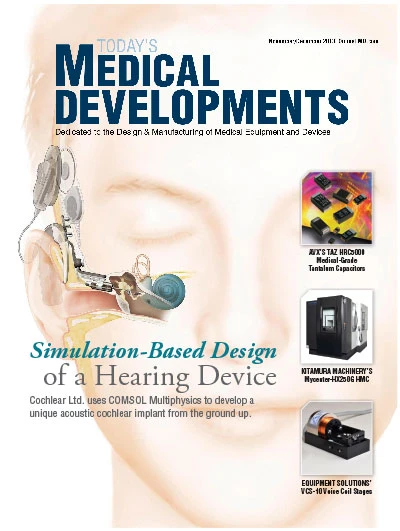The medical devices industry, already one of the most heavily regulated industries in the U.S., is confronting yet another complex rule – Section 1502 of the Dodd-Frank Act, which requires SEC-listed companies to disclose the use of conflict minerals in their products. As companies gear up to meet the first compliance-reporting deadline in May 2014, here’s how the rule is impacting the industry.
New Regulations, New Challenges
Navigating the regulatory landscape in the health care and life sciences industry in general, and the medical devices industry in particular, can be long, cumbersome, and costly. A plethora of FDA and cGMP requirements govern almost every stage of the supply chain, be it manufacturing, assembling, or even delivery of the end product. This makes it increasingly challenging for companies to sustain profits while simultaneously managing compliance.
Meanwhile, operational costs are steadily rising, as companies strive to be competitive by offering higher value products at lower prices, as demanded by their major customers.
Against this backdrop, the conflict minerals rule introduces a series of new complexities. Companies are required to trace the source of conflict minerals down an intricate chain of suppliers, distributors, and smelters far removed from them – a task that can be demanding even for the most vigilant and socially responsible companies.
Exempting oneself from compliance is not a viable option, as 3TG metals (tantalum, tin, tungsten, and gold) are used in just about every major medical device. Tantalum, for instance, is integral to hearing aids, pacemakers, suture clips, skull plates, surgical instruments, prosthetic devices, and more. Finding a suitable alternative will not be easy.

Fortunately, packaging material – which plays a critical role in maintaining the integrity of a medical product – is out of scope of the rule. This provides some respite for the industry. Nonetheless, plenty of work still lies ahead for both medical device component suppliers and end product manufacturers who will now have to map their product and supply chains down to the source.
Unlike many regulations, the conflict minerals rule provides a considerable degree of flexibility. Therefore, if a medical device manufacturer is unable to determine whether the minerals in their products have originated in the Democratic Republic of The Congo (DRC), they can fall back on the “DRC conflict undeterminable” clause for a temporary period.
While this may come as a welcome breather, it is merely short-term, and may not be the best approach to compliance, particularly in the medical devices industry where regulators are more stringent about compliance than in most other industries.
Eventually, it won’t be just regulators who will judge a company’s compliance efforts. As hospitals and end consumers become more socially conscious and discerning in their choice of products, they are more likely to purchase medical devices from a socially responsible manufacturer who is taking a good-faith approach and appears to be committed to complying with the conflict minerals rule than from one who isn’t.
Another reason why sustainable compliance with the conflict minerals rule is so important is because medical device manufacturing processes and products are very complex. If manufacturers don’t start diligently tracing the source of 3TG right away, they will find it increasingly difficult later on to manage due diligence, negotiate supplier agreements, and change supply lines if necessary.
At the end of the day, the conflict minerals rule is about being a responsible corporate citizen. No doubt, the expenditure, time, and effort involved in compliance will be high. However, the potential long-term impact on profits, customer loyalty, and reputation will make the investment worthwhile.
MetricStream Inc.
Palo Alto, Calif.
www.metricstream.com
About the author: Sonal Sinha is the associate vice president of industry solutions at MetricStream and can be reached at pr@metricstream.com.

Explore the November December 2013 Issue
Check out more from this issue and find your next story to read.
Latest from Today's Medical Developments
- IMTS 2026 runs Sept. 14-19 at McCormick Place in Chicago, Illinois
- Master Bond’s MasterSil 800Med
- ZEISS celebrates 100 years of advancing innovation in the US
- Teleflex sells acute care and urology businesses for $2.03 billion
- HANNOVER MESSE: Where research and manufacturing meet
- What’s next for the design and manufacturing industry in 2026?
- Arcline to sell Medical Manufacturing Technologies to Perimeter Solutions
- Decline in German machine tool orders bottoming out





